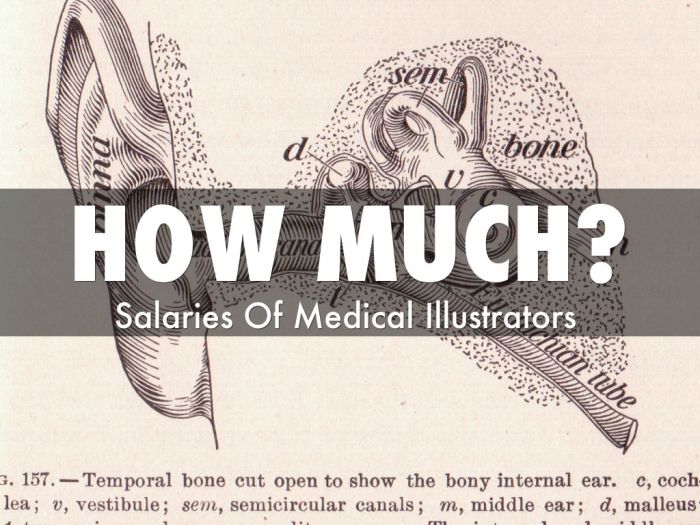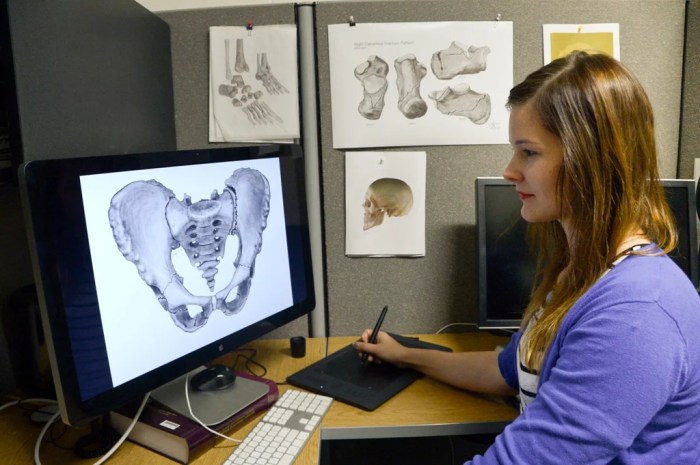Medical illustrators draw cartoons for comic books, bridging the gap between medicine and entertainment. Their expertise in healthcare communication allows them to translate complex medical concepts into visually appealing and informative illustrations.
Medical illustration differs from comic book illustration in its focus on accuracy and scientific detail. Medical illustrators must possess strong artistic skills, technical proficiency, and a deep understanding of medical knowledge.
The Role of Medical Illustrators

Medical illustrators are healthcare professionals who create visual representations of medical concepts, structures, and procedures. Their primary responsibilities include:
- Creating anatomical and surgical illustrations for textbooks, medical journals, and patient education materials.
- Developing 3D models and animations to illustrate complex medical procedures and concepts.
- Collaborating with healthcare professionals to ensure the accuracy and clarity of medical illustrations.
The expertise of medical illustrators is crucial for effective healthcare communication. They help bridge the gap between medical knowledge and visual understanding, making complex medical concepts accessible to a wider audience.
Medical Illustration vs. Comic Book Illustration
While both medical illustration and comic book illustration involve drawing, there are several key differences between the two fields:
- Purpose:Medical illustrations are created to convey accurate medical information, while comic book illustrations are intended for entertainment and storytelling.
- Techniques:Medical illustrators use realistic and scientifically accurate techniques to depict medical concepts, while comic book illustrators employ a variety of artistic styles, including cartooning and exaggeration.
- Audience:Medical illustrations are typically intended for healthcare professionals and patients, while comic book illustrations are targeted at a general audience.
Artistic Skills Required for Medical Illustration
Medical illustrators require a range of artistic skills, including:
- Drawing and Painting:Strong drawing and painting skills are essential for creating accurate and visually appealing medical illustrations.
- Anatomy and Physiology:A deep understanding of human anatomy and physiology is crucial for depicting medical concepts with precision.
- Attention to Detail:Medical illustrators must be meticulous in their attention to detail, as even minor inaccuracies can affect the accuracy of the illustration.
- Technical Proficiency:Proficiency in digital illustration software and 3D modeling tools is essential for creating high-quality medical illustrations.
Medical Knowledge and Collaboration
Medical illustrators require a strong foundation in medical knowledge to ensure the accuracy and relevance of their work. This knowledge is typically acquired through:
- Formal Education:Many medical illustrators hold degrees in medical illustration or related fields.
- Continuing Education:Medical illustrators must continuously update their knowledge of medical advances through workshops, conferences, and online resources.
- Collaboration:Medical illustrators often collaborate closely with healthcare professionals, such as doctors, nurses, and scientists, to ensure the accuracy and relevance of their illustrations.
Career Opportunities for Medical Illustrators: Medical Illustrators Draw Cartoons For Comic Books
Medical illustrators can find employment in various industries and settings, including:
- Healthcare:Hospitals, clinics, and medical research institutions.
- Education:Medical schools, universities, and colleges.
- Publishing:Medical textbooks, journals, and magazines.
- Pharmaceuticals:Drug companies and medical device manufacturers.
- Legal:Medical malpractice and personal injury cases.
Training and Education for Medical Illustrators

To become a medical illustrator, individuals typically pursue a formal education in medical illustration or a related field, such as:
- Bachelor’s Degree:Bachelor of Science (B.S.) in Medical Illustration or Biomedical Visualization.
- Master’s Degree:Master of Science (M.S.) in Medical Illustration or Biomedical Communication.
In addition to formal education, medical illustrators may also obtain certification through organizations such as the Association of Medical Illustrators (AMI) and the International Society for Medical Illustration (ISMI).
Case Studies of Medical Illustrations
Medical illustrations have been used effectively to communicate complex medical concepts. Some notable examples include:
- The Visible Human Project:A detailed anatomical atlas created using cross-sectional images of a human cadaver.
- The Anatomy of Gray:A classic medical textbook featuring detailed anatomical illustrations by Henry Gray.
- Medical Animations:3D animations used to illustrate complex medical procedures and concepts, such as heart surgery and cancer treatment.
The Future of Medical Illustration

The field of medical illustration is constantly evolving with advances in technology and innovation. Some potential future trends include:
- Virtual Reality (VR):VR simulations can provide immersive experiences for medical education and training.
- Augmented Reality (AR):AR applications can overlay medical information onto real-world environments, aiding in surgical planning and patient care.
- Artificial Intelligence (AI):AI algorithms can assist medical illustrators in creating realistic and accurate 3D models and animations.
FAQ Resource
What is the role of a medical illustrator?
Medical illustrators create visually appealing and scientifically accurate illustrations to communicate complex medical concepts.
How does medical illustration differ from comic book illustration?
Medical illustration focuses on accuracy and scientific detail, while comic book illustration emphasizes entertainment and storytelling.
What skills are required to become a medical illustrator?
Medical illustrators require strong artistic skills, technical proficiency, and a deep understanding of medical knowledge.